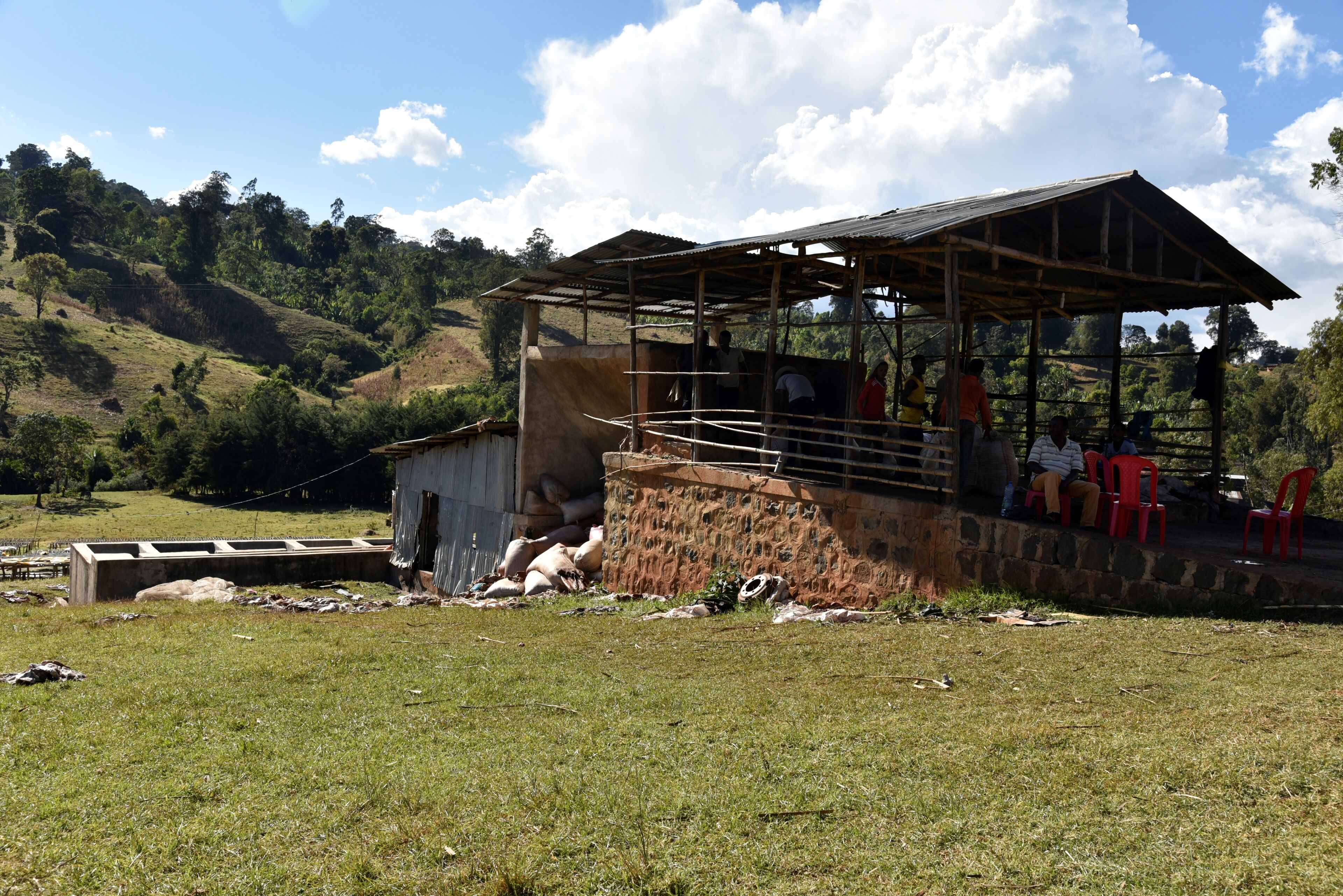Uraga coffee is sourced from smallholder farmers whose plots lie within a 10 to 20 km radius of the local washing stations. These stations, managed by private owners, act as central collection points, bringing together cherries from numerous nearby producers.
Situated in the renowned Guji appellation, the Uraga district shares its borders with Odo Shakisso and Hambela—both famous for producing exceptional Guji coffees. Yet, Uraga stands out not only for the quality of its cup but also for the deep-rooted history of coffee cultivation in the area. In fact, coffee growing in Uraga may predate that of its neighboring districts. Among the trees here is a rare varietal producing yellow cherries, known locally as Wallagga—a name that hints at the long journey and origin of these coffee trees.
Farming in Uraga follows a traditional polyculture system, where coffee is intercropped with various food crops. A central component of this system is the enset (false banana tree), a plant of immense agronomic and cultural significance. The root of the enset, when pounded and fermented, forms a staple of the local diet. But beyond its nutritional value, enset plays a vital ecological role. It stores water in its trunk, providing a steady source of moisture during dry spells. Its presence amidst the coffee trees helps maintain a stable microclimate, shielding the plants from harsh conditions and supporting year-round vitality.
This unique integration of ecology, tradition, and biodiversity makes Uraga coffee not only distinctive in flavor but also a testament to sustainable, time-honored agricultural practices.










